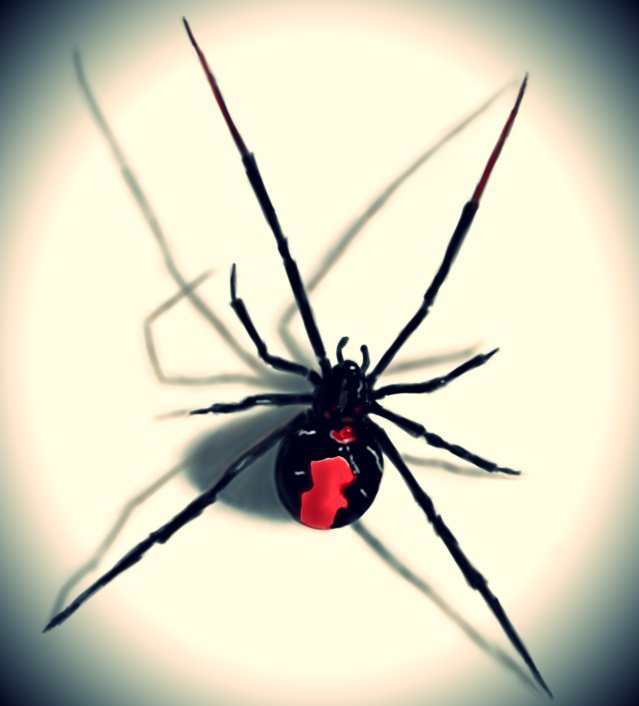How Dangerous Can Spiders Be Especially For Children

Most people usually reach for the closest newspaper or magazine as their weapon of choice or call someone who is brave whenever they see a spider.
Whichever your course of action is, spiders will often spring out of places when you least expect them such as when you are hauling decoration boxes or moving furniture.
This is a big problem if you have children, an elderly person, or living with those who have heart problems.
Reaction to spider bites can be different from person to person. For some they would simply experience numbing at the area bitten, redness or swelling, but, some may experience allergic reaction to the bite.
This is where pre-sale pest inspection comes in, you have to be sure that your newly acquired home is free of this kind and many other kinds of pests that could put your family into compromise.
What is a spider?
Spiders belong to a class of animals referred to as the Arachnida and have:
- A two-part body
- Four pairs of legs
- Two pincers
- Though they don’t have antennae, they do have bristly hairs on their legs and body which they use to pick up messages and signals (it’s even thought that they can taste things with their feet).
Ideally, all of them are carnivorous and they usually inject their prey with poison using their pair of sharp fangs since their mouths are small and then consume gradually. Other types of spiders usually use their webs to catch their prey such as flies when they got close.
How to distinguish a poisonous spider from a none poisonous one
Though all spiders are venomous, not all are potentially dangerous. Only a few of them are such as the black widow spider and the brown recluse. In order to determine if a spider is venomous, there are several things to look out at.
- Their back: If it has a dark violin-shaped mark on its body segments in addition to being brown, then it is a poisonous recluse spider.
- Their abdomen: Does it have red or yellow marks? If it does, then it most likely is a deadly brown, black, or red widow spider, though at times the mark may or may not resemble an hour glass. Also you should establish whether or not the spider is brown and having chevron-shaped marks on its abdomen because it could be the poisonous hobo spider.
- Burrows: If it is a huge, fat, black spider with fangs, then it probably is a poisonous mouse spider. Though usually found in burrows, male and female mouse spiders are poisonous with the male having a red head. If it is a brown mottled gray spider near a silk-lined burrow, then it might be a wolf spider.
- Body: If it is a small black spider with its body covered in velvet, then it could be a poisonous black house spider. If found near a messy web, this only emphasizes its venom toxicity.
- Color: If it is yellow, then it could be a yellow sac spider.
With Australia being home to over 2000 spider species, 5 of the most common poisonous ones include:
- Black house spider: This spider usually reaches a maximum length of 30mm and has the habit of building messy webs where it hides inside waiting for dinner to arrive and has a velvet-like body.
- White-tailed spider: As the name suggests, this spider usually has a white tail and is found in clothes, shoes and towels, they tend to stalk their prey at night and when they sting, they cause swelling and localized pain with some minor systemic effects.
- Redback spider: Recognizable by its reddish stripe down its back and is known to cause swelling, abdominal cramps, sweating, nausea, and many other things.
- Huntsman spider: These ones are hairy and usually move very fast. Their legs can grow up to 6 inches and usually do not have webs. Its bite can cause headaches, palpitations and nausea.
- Recluse spider: This spider whose bite is slow to heal and at times requires skin grafts and amputations is brown and has a dark violin-shaped mark on its body segments.
What to do when bitten by poisonous spiders?
Once your child or any family members has been bitten by a spider, you should follow the below steps.
- Wash the bite area with some warm soapy water to clean the wound and prevent infection.
- Apply a cool compressor like an ice pack which will ease pain and swelling.
- Elevate bitten points to reduce inflammation and swelling.
- Tie a snug above the bite area if bitten by a dangerous spiderIf it’s a child, you should give them pain killers.
- Seek medical care if symptoms such as nausea, lesions and muscle spasms, breathing difficulties, throat tightening and sweating occur. Monitor the situation for the next 24 hours to ensure things don’t worsen.
Since it is inherent to come across spiders from time to time, whenever you are buying a house or property, you should always ask for or arrange to have a pre-sale pest inspections in Sydney to ensure the safety of the premise and your children.





